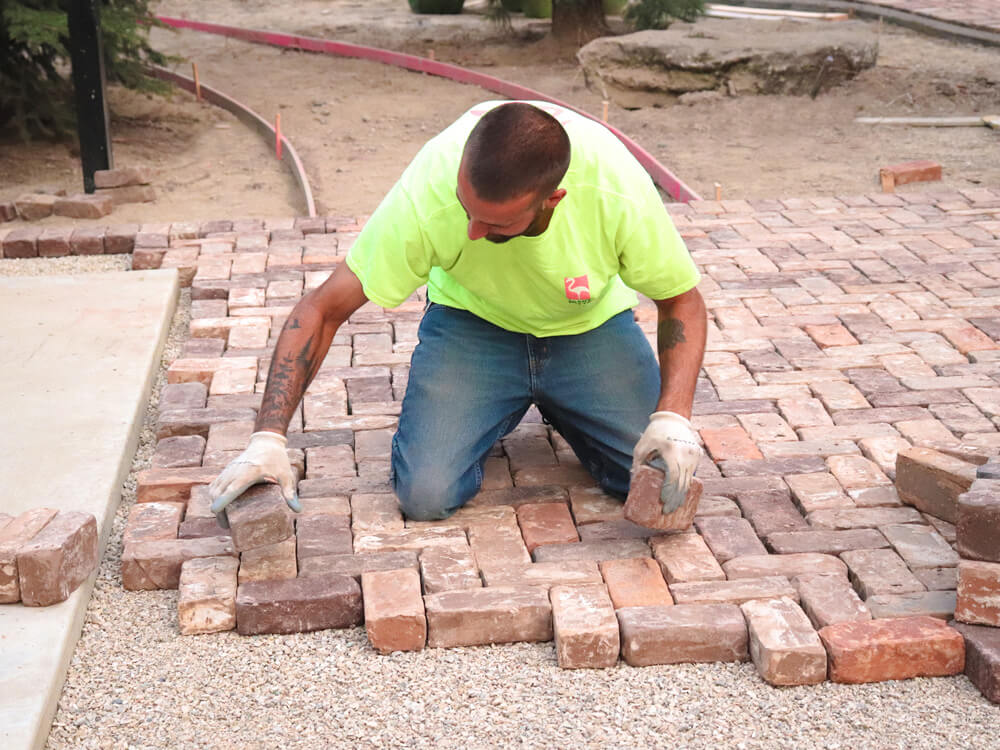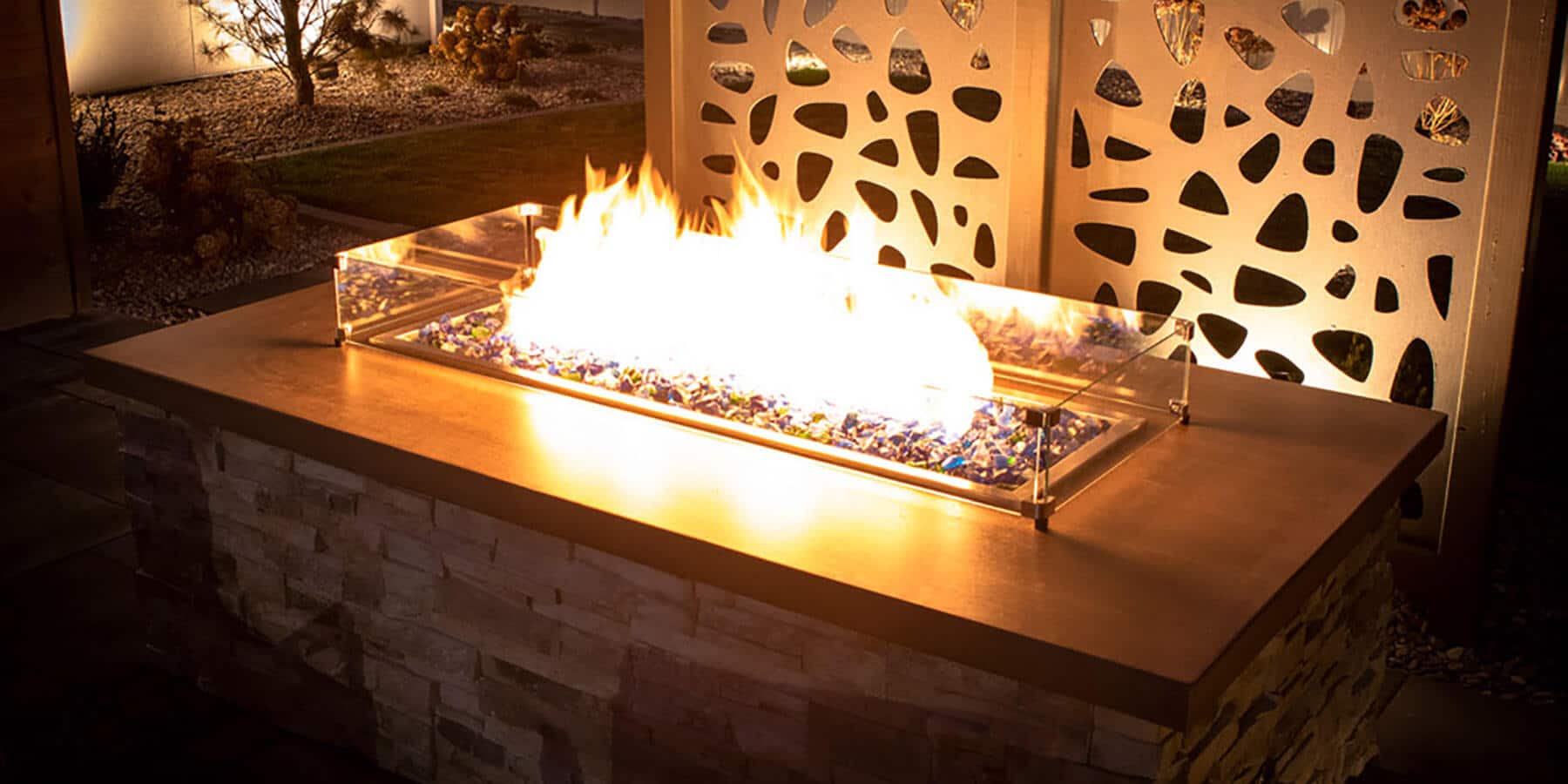Healthy grass and green turf is a dream for most homeowners, but seas of green are not always as easy or attainable as they may seem. Maybe you find yourself asking, “How do my neighbors get their lawns so lush? If only there was a local nursery near me to help.” Look no further, your Franz Witte friends are here!
Let’s start with the basics. Most Idaho turf grasses are cool-season (Kentucky bluegrass and perennial ryegrass), which means they begin to turn green in late winter/early spring and hold onto their color until mid-fall. This is a nice characteristic for those that want a green lawn as long as possible, but cool season turf grasses come with some extended landscape maintenance because of their longevity. A healthy lawn allows you to reap the benefits of your investment. Grasses aid in erosion control, cool the surrounding atmosphere, increase the value of your property, and give a space for you and your family to enjoy.
Here is an easy-to-follow lawn care guide for every season you encounter in the Treasure Valley.
Spring
- Aerate: This process alleviates soil compaction so water, oxygen, and nutrients are accessible for grass roots. Aeration promotes roots to drive deep into the ground and this is especially important for our soils because they are primarily clay based. The Franz Witte Maintenance Department recommends aerating every other year, but may be done annually if there is constant and heavy activity on your turf.
- Check for thinning: Over-seed or repair any thin or bare spots in your lawn.
- Survey for weeds: When your cool season grass begins to wake up, cool season weeds also begin to encroach. Hand remove or spray turf weeds (dandelions are an example) and consistently check to remove them before maturity.
- Fertilize: Select and apply a fertilizer with a crabgrass pre-emergent. If you over-seeded earlier in the spring, wait between 4-6 weeks before applying.
- Mowing: If spring conditions favor turf growth, it means the ground has warmed up and the mower does not pose a threat to fragile root systems. Set mower blades at 2.5 inches. It is ideal to cut grass low at this point to prepare for a fresh growing season. Mow once every two weeks if growth is slow to moderate.
- Sprinkler turn ons: Mid-April is the standard time for sprinkler turn ons and start ups. Watering deep and infrequently is ideal for spring weather and promotes deep, healthy root growth in preparation for hot temperatures.
Summer
- Mowing: Raise mower blades anywhere between 3-4 inches and mow turf weekly for best health and appearance. Change your mowing pattern each week to prevent compacted soil and tire ruts below the turf. Taller grass shades the soil, reduces water evaporation, and outcompetes weeds.
- Water strategically: Continue watering deep and infrequently into mid-summer. When temperatures really take off, adjust your irrigation schedule to more frequent cycles. Water in the early mornings to prevent turf burn. Grass is a thirsty plant, so water accordingly with the weather.
- Watch for pests and diseases: Treat for billbugs, Japanese beetles, and sod webworm. Keep an eye out for red thread and other common turf diseases. Late May or early June are ideal to apply preventative insecticides. If you are applying any pesticide always read the label firstand follow it accordingly.
- Fertilize: Apply the next round of fertilizer to your lawn.This is ideal to do at the end of June to promote healthy growth before going into the hottest part of the year. Turf growth slows down in July and August, but fertilizing will continue promoting the vibrant green color every homeowner loves.
Fall
- Check thatch level: Thatch is a tight layer of living and dead plant material made up of roots, stems, and decaying leaves that forms at the base of grass. Thatch is beneficial when it is about half an inch thick or less and acts like a natural mulch. However, if it gets thicker than half an inch, pest and disease problems may arise and it becomes a barrier to the necessary nutrients that grass roots need for uptake. Dethatching involves removing that barrier by using a special dethatching rake, or you can rent a dethatching machine. Special tines dig into the thatch layer and loosen the barrier. After dethatching, your lawn may look ragged. Take a leaf rake and remove any excess or loose thatch. Keep your lawn watered to help the turf recover.
- Fertilize: A final lawn feeding should be applied 6 weeks before the first anticipated frost. This will help establish your turf’s already deep roots to increase energy reserves for winter dormancy.
- Continue watering: Cool-season grasses still need water up until irrigation shut offs occur in mid-October. Resort back to your spring watering cycle. The shortening day lengths and cooler temperatures helps the soil retain moisture, so watering less frequently prevents pooling and flooding.
- Mowing: Lower blades back down to 2.5 inches to prevent any winter disease problems. If the ground is soft from rain, avoid passing a mower as it will compact and damage the soil.
- Fall clean-ups: It is important to remove fallen leaves and debris. Mats of fallen leaves will suffocate your turf and invite disease if left unattended. Leaf mulch is beneficial in garden beds, but should be bagged or composted when found on the grass.
Winter
- Reduce foot traffic: Preserve your grass by avoiding walking on it during the winter months. Even strong grass can become weakened when walked on and compacted while it is dormant.
- Maintain equipment: Give mowers a good cleaning and tuning. Repair and replace parts as needed. Landscape maintenance equipment is not cheap; take care of your tools in the off months to get the most out of your equipment for years to come.
- Remove debris: Sometimes winter storms can leave properties littered by tree branches, leaves, and other debris. Heavy limbs can impede drainage, suffocate the grass, and lead to soil compaction. Even though it might be cold outside, it is a good idea to get outdoors and maintain a clean yard.
Lawn care can be incredibly satisfying and rewarding. Putting in the time and maintenance required for each season makes a big difference in the life and longevity of your turf. Healthy lawns make for happy homeowners.
By Riley Rehberg


